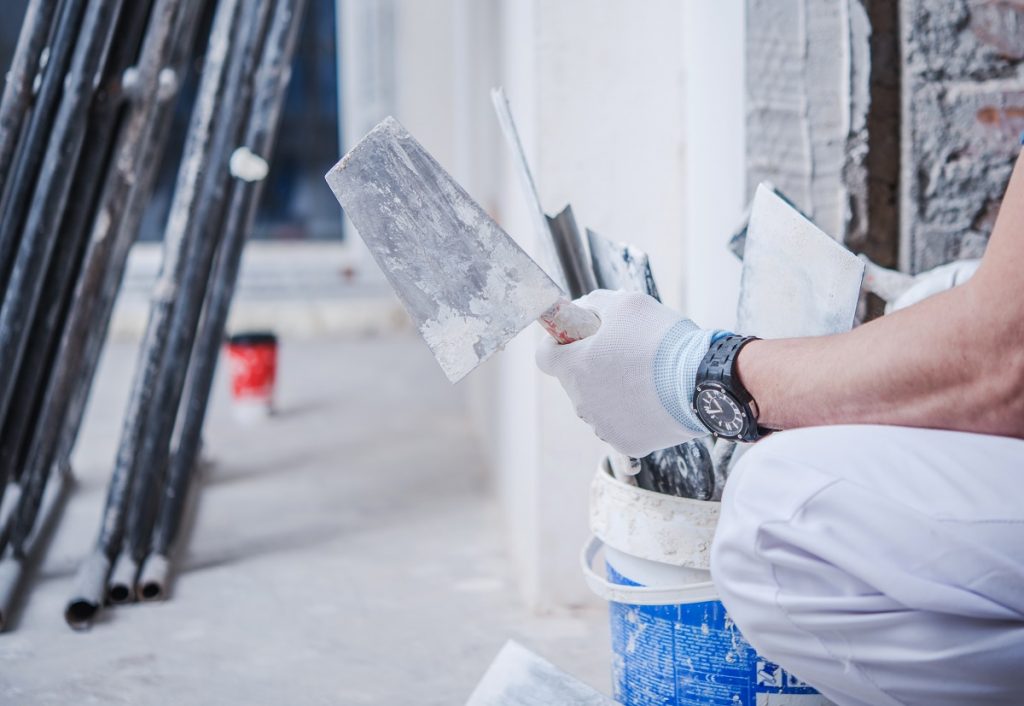According to the results of a study published on the National Institutes of Health (NIH) website, mobility difficulties are not only caused by old age. The results revealed that 19 million individuals are suffering from mobility issues, with the respondents ranging between 59 and 67 years old. Further, 32 percent of respondents who reported having major mobility problems said their issues began manifesting at age 50 years old and even younger.
The U.S. Centers for Disease Control (CDC) also released data showing how adults as young as 18 years old suffer from some forms of difficulty in doing even the simplest physical functions. The data revealed that around 40.7 million adults aged 18 years and older have a physical functioning difficulty, which translates to roughly 16.3 percent of the American population.
These pieces of evidence prove the point that even people who are not technically seniors can fall victim to a form of mobility problem at one point in their lives.
If you or your loved one has a mobility issue, you can make upgrades or improvements to your home so it becomes more accessible for the physically challenged family member. Fortunately, there are plenty of ways to do this, and there are many companies that specialise in retrofitting private residences to improve mobility.

Here are some top upgrades that you can have to improve mobility inside your home:
-
Upgrade your doors.
The doors are the obvious points to start your mobility improvement project. You could invest in great-quality cavity sliding doors as these do not take much space, unlike traditional hinged doors that swing to open and close. Sliding doors are also favoured for their ability to make life easier for people in wheelchairs or have other mobility problems that make using traditional doors cumbersome, even dangerous.
-
Make your toilet and bathroom wheelchair-friendly.
Typical bathrooms do not have features meant to make things easier and safer for people in wheelchairs or with a form of physical mobility challenge. Thus, you have to make your bathroom wheelchair-friendly by making the door wider and the cubicle and other touchpoints fitted with grab bars or handrails. The toilet seat and urinal should likewise be altered to a height that is more accessible to your family member. The taps, meanwhile, should be retrofitted with lever-type or single push controls.
-
Ditch those carpets and other slip, trip, and fall hazards.
Your home should be safe for loved ones who have difficulty balancing themselves or holding onto things. This is why you have to get rid of area rugs or carpets, as well as extension cords and other things that could cause someone to slip, trip, or fall. If budget permits, you should change the floors into hardwood, textured tiles, and laminate flooring to aid a member of the family in a wheelchair.
-
Install rubber ramps in strategic places.
If you already have ramps built up, that’s well and good. However, you could still make things better for your physically challenged loved ones by installing rubber ramps in hallway entrances, room entrances, and other areas leading inside and outside the house to make life easier for those in a wheelchair.
-
Lower the countertops.
If your currentcounter tops are too high for easy reach by a family member who is physically challenged, you should retrofit them and make the height well within reach of the family member. This way, he or she can get food and even help prepare meals without much difficulty.
-
Install a sturdy stair lift.
A stair is the perfect home upgrade if you have a loved one in a wheelchair. Of course, an elevator would be better, but it’s something that’s out of the financial reach of most homeowners. Besides, why spend more when you can spend less on an upgrade that basically does the same thing? Among the things that you have to consider when choosing a stair lift is how sturdy it is (can it support the weight of the family member), its size (will it accommodate the body size of the family member?), and features (is it compact enough and easy to use?)
-
Consider getting smart home devices.
If you have a spare budget for them, consider buying smart home devices to make things easier for your physically challenged loved one. Smart home devices are either voice-activated or operated using a connected smart device. With them, your loved one would use as little energy as possible with the smallest effort but still achieve the desired results.
With these awesome upgrades to your home, life will surely be easier for your physically challenged loved ones with the greatly enhanced mobility in and out of your home.

